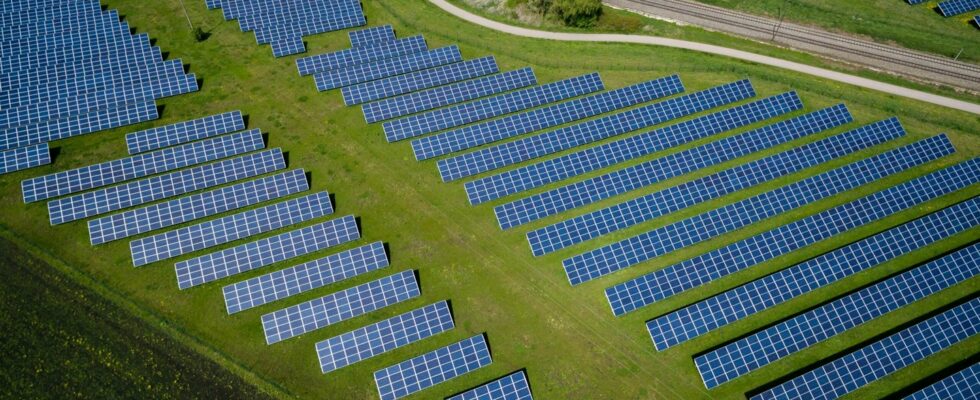“Summer, summer and sun”, sang Birthe Kjær in 1971, about “the best I know” – violet blue sky and high sun. She was not alone in that. Energy companies worldwide seem to agree with the message. Solar energy is the fastest growing source of electricity in history – both over time and for every single year since 2004. It is especially in the summer that the sun is highest at our latitudes – and when nine out of ten solar panels are in the northern hemisphere, a new solar record has just been broken: At midday during the summer solstice, Friday 21 June – solar energy accounted for a fifth of the entire world’s electricity supply, according to the international energy think tank Ember. It is not only extremely high for a relatively new energy technology, it is also an increase of 25 per cent compared to last year’s solstice – an incredibly fast development. – With a share of 20 percent, solar energy is now a serious global power source, says Kostantsa Rangelova, who is a power analyst at Ember. The money pours in. Of course, one day doesn’t mean anything in the big picture, but the new record illustrates how quickly development is progressing. If you look at the development over a whole year, more than 5 percent of the world’s electricity supply came from the sun in 2023. That may not sound like much, but it is a historically rapid growth – almost a tenfold increase in ten years. The number of solar cells being installed every day almost doubled between 2022 and 2023. This is just the start of a sunny future. The International Energy Agency, the world’s leading energy organization, calls solar energy “the new king” of the electricity market. The prices of solar cells have plummeted, they are extremely fast to obtain and the panels are being produced at breakneck speed. Solar energy already cuts greenhouse gas emissions. Solar cells and wind turbines have averted the emission of 19 billion extra tonnes of CO2 between 2005 and 2023. There is no indication that the growth in solar energy is slowing down. Last year, more money was allocated to solar cells worldwide than was invested in all other power technologies combined – and the number is growing. At the same time, investments are now rising in both high-voltage lines and giant batteries, and this means that you can either send the electricity on to places where the sun does not shine at the same level, or store it for later use. – Battery costs have fallen drastically. This means that solar energy is already being used in the evening, not just during the day. Solar energy is the fastest growing source of electricity and will undoubtedly rise to become the largest source of electricity, says Kostantsa Rangelova from Ember.
ttn-70
Summer and sun: New record shows a bright future for solar cells

